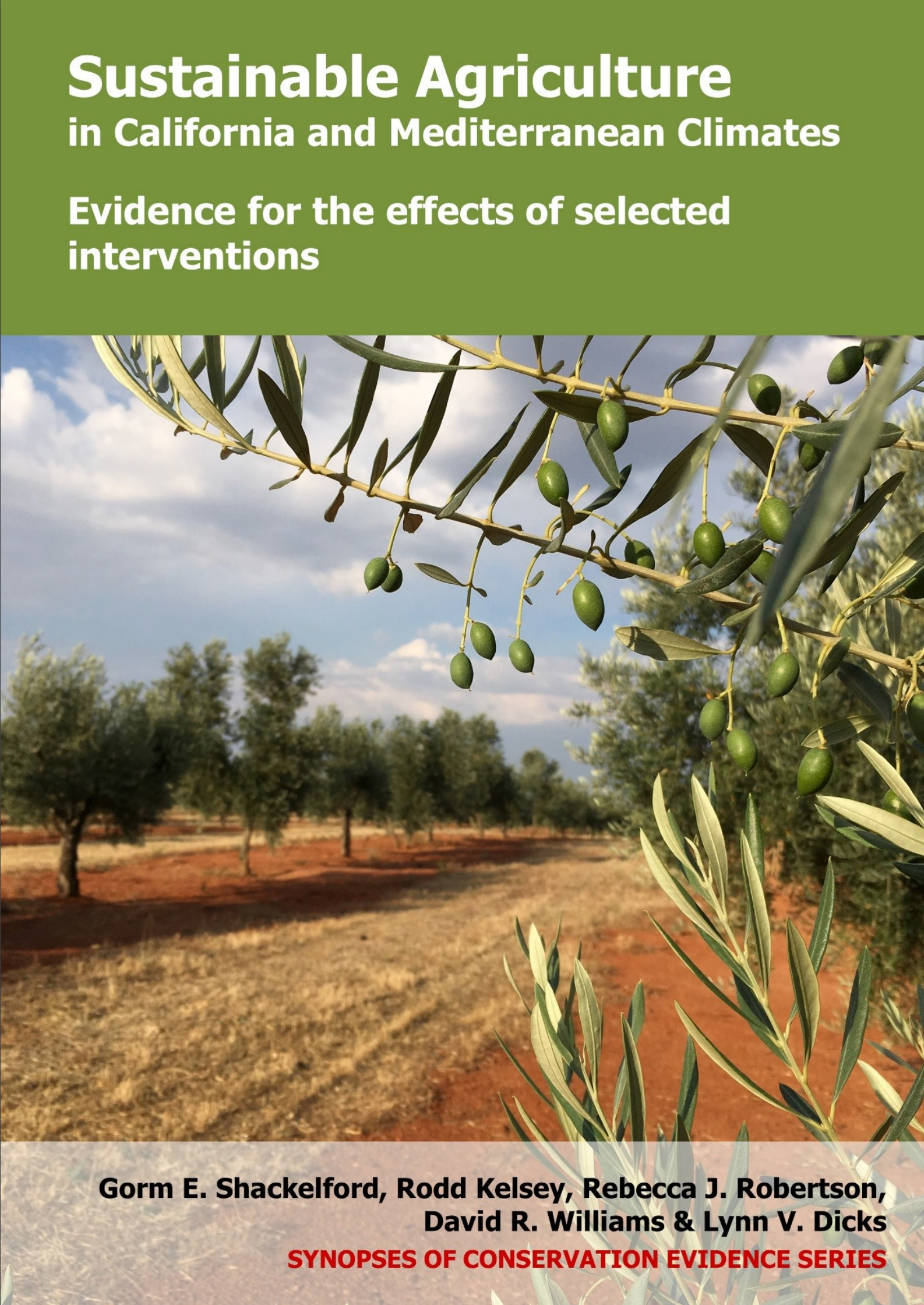Pest regulation: Restore habitat along watercourses
-
Overall effectiveness category Unknown effectiveness (limited evidence)
-
Number of studies: 1
View assessment score
Hide assessment score
How is the evidence assessed?
-
Effectiveness
0% -
Certainty
15% -
Harms
25%
Study locations
Supporting evidence from individual studies
A replicated site comparison in 1991–2004 in 26 riparian sites along the Sacramento River, California, USA, found more weed seeds in orchards next to restored habitat, compared to remnant habitat. Pest numbers: More weed seeds were found in orchards next to restored habitat, compared to remnant habitat (data reported as log abundance). Implementation options: More weed seeds were found in orchards next to older restored sites, compared to younger restored sites (data not reported). Methods: Soil samples were collected from 26 walnut plots, 0–5.6 km from restored riparian, remnant riparian, and agricultural habitats. Restored sites were formerly farmland. Restoration included disking, burning, furrowing, levelling, and spraying with herbicide, and replanting. On each walnut farm, soil samples (10 cm depth) were collected from seven points adjacent to restored or remnant forest and nine points within the walnut orchard, in March 2004. Seeds were germinated and identified in a greenhouse.
Study and other actions tested
Where has this evidence come from?
List of journals searched by synopsis
All the journals searched for all synopses
This Action forms part of the Action Synopsis:
Mediterranean Farmland
Mediterranean Farmland - Published 2017
Mediterranean Farmland synopsis





)_2023.JPG)














